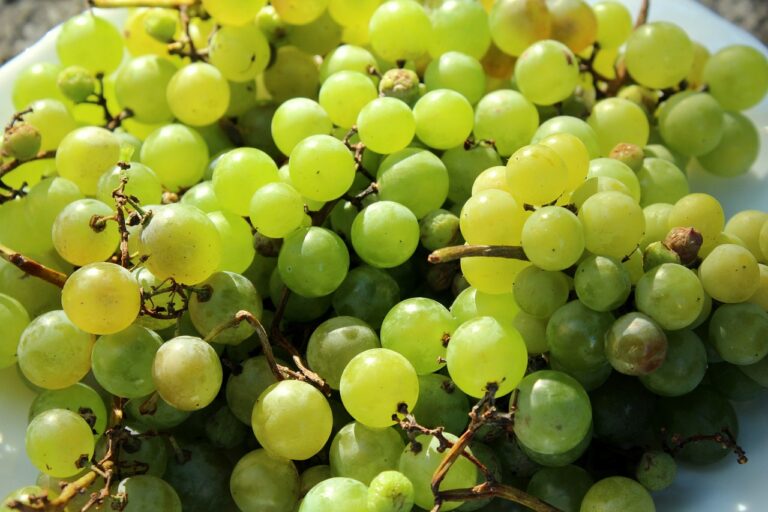The Future of Precision Aquaculture
diamond exchange 9, sky99exch, reddybook:The future of precision aquaculture is bright and promising, as technology continues to play a crucial role in improving efficiency, sustainability, and profitability in the aquaculture industry. With the global population on the rise and seafood consumption increasing, the need for innovative solutions to meet growing demand is more pressing than ever before.
Precision aquaculture utilizes cutting-edge technologies such as sensors, data analytics, artificial intelligence, and automation to monitor and optimize aquatic environments, feed management, and disease control in fish farms. By leveraging these advanced tools, aquaculture farmers can make data-driven decisions that result in higher yields, reduced environmental impact, and improved animal welfare.
Heading 1: The Role of Sensors in Precision Aquaculture
Sensors play a crucial role in monitoring key parameters such as water quality, temperature, oxygen levels, and feeding behavior in aquaculture systems. By collecting real-time data, farmers can quickly identify any issues that may arise and take corrective actions to ensure optimal conditions for their fish. This proactive approach helps prevent disease outbreaks, improve feed efficiency, and ultimately increase production.
Heading 2: Data Analytics and Artificial Intelligence in Aquaculture
Data analytics and artificial intelligence are revolutionizing the way aquaculture farmers manage their operations. By analyzing large datasets collected from sensors and other sources, AI algorithms can predict trends, optimize feeding schedules, and detect anomalies that may indicate health issues in the fish. This predictive capability allows farmers to address potential problems before they escalate, leading to healthier fish and higher yields.
Heading 3: Automation in Fish Farming
Automation technologies such as feeding robots, water quality monitoring systems, and underwater drones are becoming increasingly prevalent in aquaculture operations. These automated systems can perform repetitive tasks more efficiently than humans, reducing labor costs and improving accuracy. By delegating routine tasks to machines, farmers can focus on more critical aspects of their operations, such as disease management and growth monitoring.
Heading 4: Sustainable Aquaculture Practices
One of the primary benefits of precision aquaculture is its ability to promote sustainability in the industry. By optimizing feed management, reducing water usage, and minimizing environmental impact, precision aquaculture can help fish farms operate more efficiently and responsibly. Sustainable practices not only benefit the environment but also enhance the long-term viability of aquaculture operations.
Heading 5: Market Trends in Precision Aquaculture
The market for precision aquaculture solutions is rapidly growing, driven by the increasing demand for seafood and the need to improve efficiency in fish farming. Companies specializing in aquaculture technology are developing innovative products and services to meet the evolving needs of the industry. These solutions range from advanced sensors and monitoring systems to cloud-based analytics platforms that provide real-time insights to farmers.
Heading 6: The Future of Precision Aquaculture
As technology continues to evolve, the future of precision aquaculture looks promising. Advancements in sensors, data analytics, and automation are enabling farmers to achieve higher levels of productivity, sustainability, and profitability. By leveraging these cutting-edge tools, aquaculture operations can become more efficient, cost-effective, and environmentally friendly. The ongoing development of innovative solutions will further drive the growth of precision aquaculture and contribute to meeting the global demand for seafood.
FAQs:
Q: What are the benefits of precision aquaculture?
A: Precision aquaculture offers numerous benefits, including increased productivity, reduced environmental impact, improved animal welfare, and better resource management.
Q: How can aquaculture farmers implement precision technologies on their farms?
A: Aquaculture farmers can start by investing in sensors, data analytics software, and automation systems to monitor and optimize their operations. By gradually integrating these technologies, farmers can improve their efficiency and profitability over time.
Q: What are some challenges facing the adoption of precision aquaculture?
A: Challenges such as high initial investment costs, lack of technical expertise, and regulatory hurdles can hinder the adoption of precision aquaculture technologies. However, as the industry continues to evolve, these barriers are gradually being addressed through education, collaboration, and innovation.







